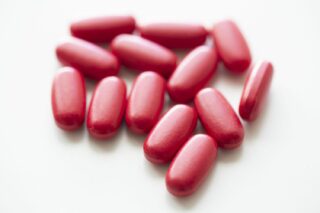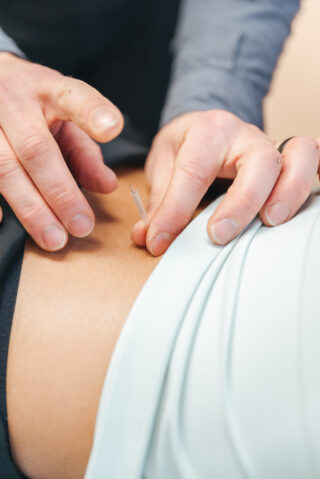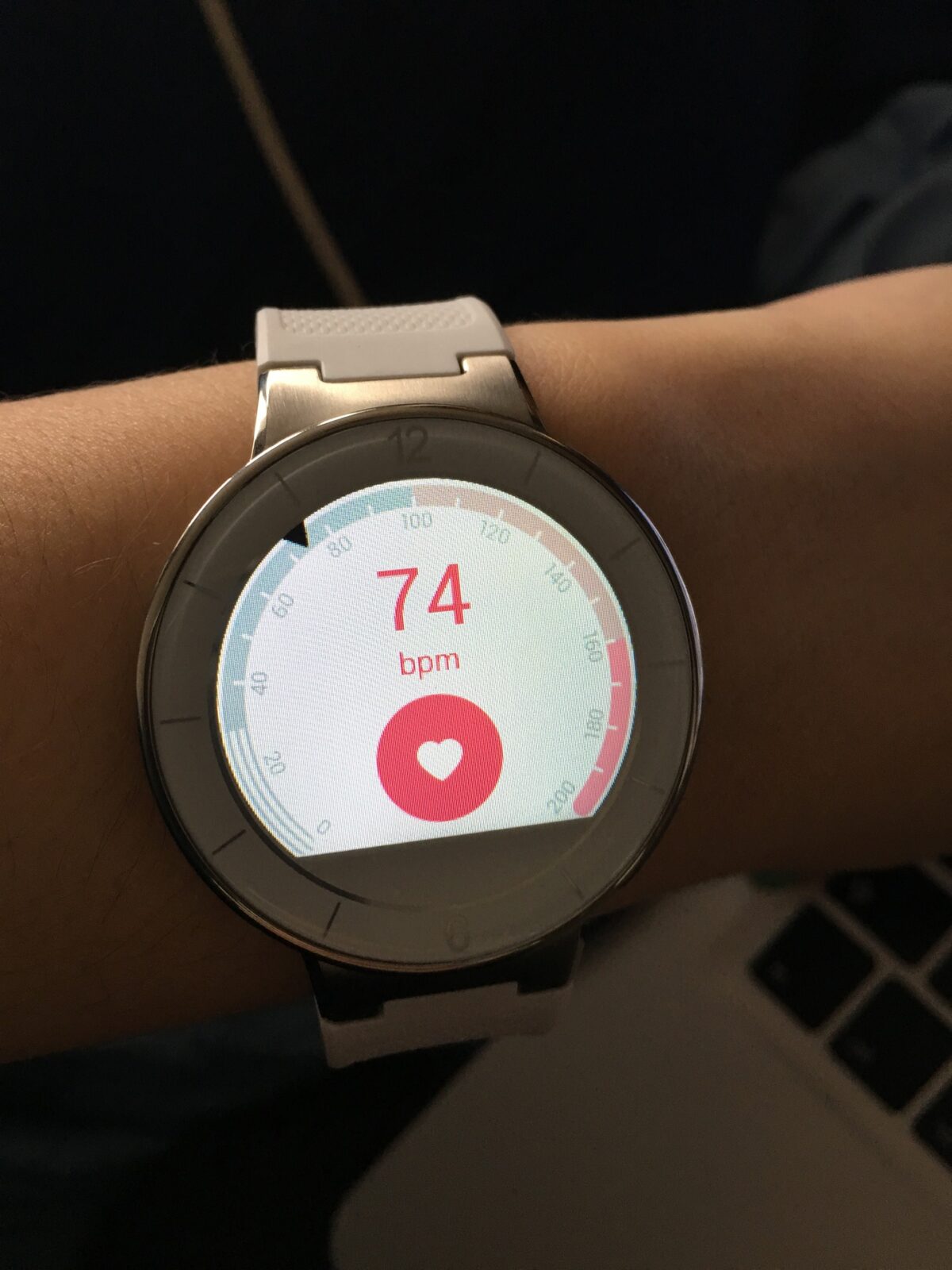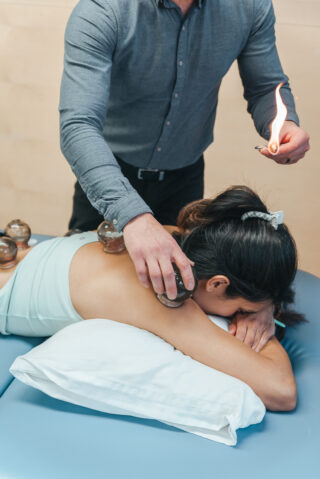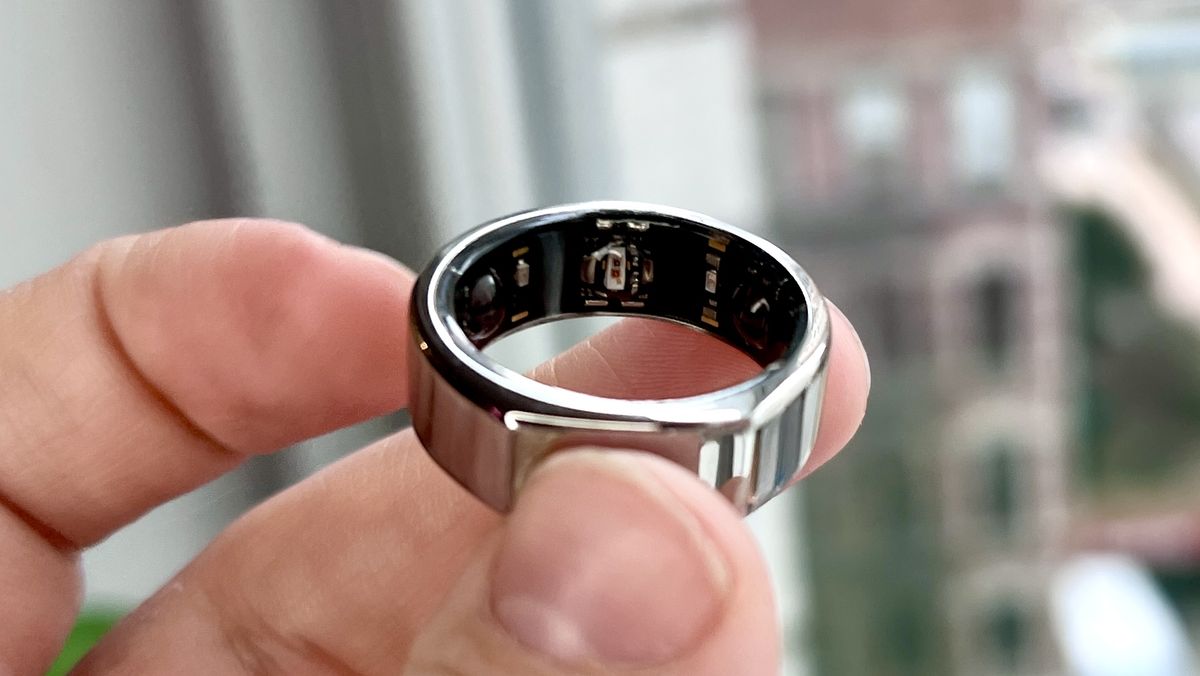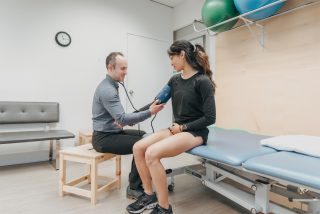As we navigate the daily barrage of tasks, notifications, and requests for our attention, one thing becomes glaringly clear: focus is a precious commodity. The ability to concentrate and maintain attention on a task without the buzz of distraction can significantly boost productivity and overall performance. However, in today’s fast-paced world, achieving and sustaining focus seems like an increasingly challenging feat.
Beyond traditional strategies like time management and structured work environments, supplements have gained popularity for their potential to enhance cognitive functions, particularly focus. This post delves into five science-backed supplements that can be incorporated into your daily routine to sharpen your concentration and stay on track.

Supplement 1: Caffeine
The Workhorse for Alertness
Caffeine, the world’s most widely consumed psychoactive substance, is a staple for many looking to jump-start their day. It works by blocking the action of the neurotransmitter adenosine, which promotes relaxation and drowsiness, thereby increasing alertness.
How Much is Too Much?
For optimal focus, doses of 40-300 mg have been shown to be effective. However, caffeine can have side effects, such as jitters and disrupted sleep, and its efficacy can be diminished over time due to tolerance.
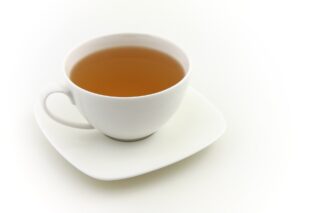
Supplement 2: L-Theanine
A Calm Focus
L-Theanine, found in green tea, complements caffeine’s effects by promoting relaxation without sedation. It increases alpha brain waves, which are associated with alert relaxation. When combined with caffeine, the two create a synergistic effect that can improve focus and prevent the caffeine crash.
The Synergy Dose
A typical dose is 200-400 mg, but individual tolerance varies. L-Theanine usually doesn’t have any significant side effects when taken in this range.

Supplement 3: Rhodiola Rosea
Nature’s Stress Buster
Rhodiola Rosea, an adaptogen, has traditionally been used to increase resilience to stress. It fosters a balanced state in the body, which can aid in maintaining focus during challenging or high-pressure tasks.
Adaptogenic Dosage
To see focus-related benefits, a dose of 200-600 mg standardized to 3% rosavins and 1% salidroside is recommended. It’s generally well-tolerated, but high doses may lead to agitation in some individuals.

Supplement 4: Bacopa Monnieri
The Memory Booster
Bacopa Monnieri, an herb used in traditional Ayurvedic medicine, is known for its ability to enhance memory and reduce anxiety. Studies suggest it does so by modulating brain chemicals involved in learning and memory processes, indirectly improving focus.
Ayurvedic Wisdom for Modern Focus
A dose of 300-450 mg of standard extract containing 55% bacosides can improve focus. As with many supplements, it may cause mild digestive issues in some people.
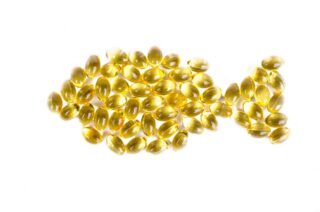
Supplement 5: Omega-3 Fatty Acids
Brain Fuel
Omega-3 fatty acids, found in fatty fish, flaxseeds, and walnuts, are crucial for brain health. They play a key role in the structure and function of the brain, supporting optimal cognitive function, which translates to improved focus.
The Fish Oil Focus
To support focus, a dosage of 1000 mg combined EPA and DHA is recommended. Consuming Omega-3 from dietary sources is also vital for overall health and cognitive function.
Summary
Focus is an attribute highly sought after in our multitasking world. While there’s no magic pill to solve the focus conundrum, supplements can play a role in supporting our ability to concentrate. Caffeine, L-Theanine, Rhodiola Rosea, Bacopa Monnieri, and Omega-3 fatty acids are just a few of the options available, each with its unique way of fostering attention.
When considering supplements for focus, it’s important to remember that they are just one piece of the puzzle. A well-rounded approach, including a healthy diet, regular exercise, good sleep, and effective stress management, is essential. Further, before adding any supplements, it’s advisable to consult with a healthcare professional to ensure they’re appropriate for you and won’t interact with any existing conditions or medications.
Incorporating these focus-enhancing supplements wisely in conjunction with a balanced lifestyle might just be the edge you need to stay sharp and on-task, especially when the demands on your attention are at their peak. Remember, focus is not about doing more, but about doing the right things with precision and clarity. Choose your supplements with caution, embark on this journey to laser-like focus, and don’t forget to enjoy the enhanced productivity and peace of mind that follows.








